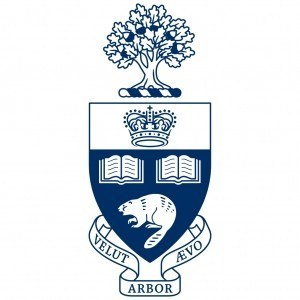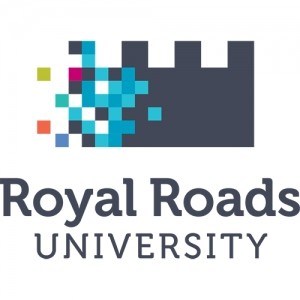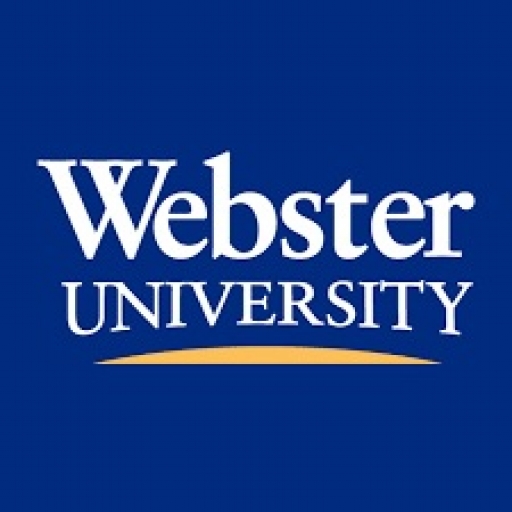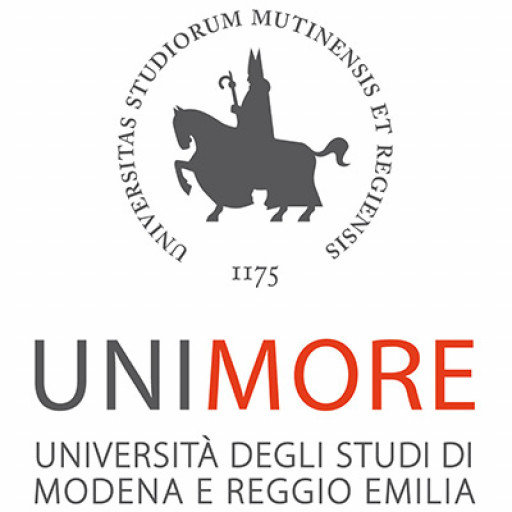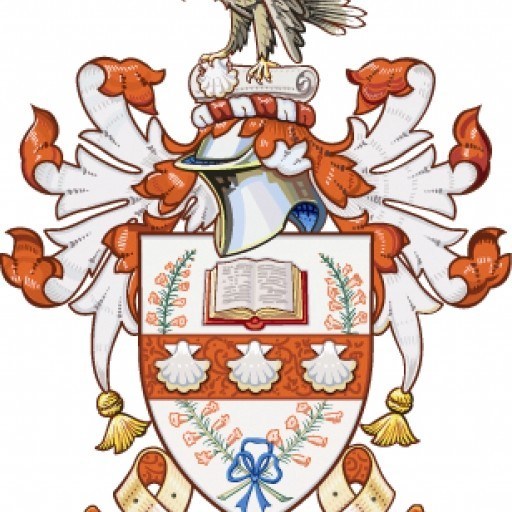Photos of university / #uoftmississauga
The Bachelor of Arts in Biomedical Communications at the University of Toronto is a multidisciplinary program designed to equip students with the skills and knowledge necessary to communicate complex biomedical information effectively across diverse audiences. This innovative program integrates principles from health sciences, visual arts, design, and technology to prepare graduates for careers in medical illustration, health communications, user interface design, and scientific publishing. Students in this program explore a broad curriculum that includes anatomy, physiology, and biochemistry, alongside courses in graphic design, digital media, visualization, and ethical considerations in biomedical communication. Emphasizing both technical proficiency and artistic skill, the program provides hands-on training with cutting-edge software and tools used in the field, such as Adobe Creative Suite, 3D modeling, and animation software. Students also learn about the regulatory and ethical standards involved in medical and scientific visual communications, ensuring their work adheres to industry norms and enhances public understanding of health-related topics. The program fosters a collaborative learning environment, encouraging teamwork on projects that often involve interdisciplinary approaches and real-world problem solving. Additionally, students benefit from internships, workshops, and networking opportunities with professionals in biomedical illustration, health publishing, and digital media industries. Graduates of the University of Toronto’s Biomedical Communications program are well-prepared for diverse careers, including medical and scientific illustration, health education and marketing, interactive media development, and academic publishing. They possess a unique combination of scientific literacy, artistic ability, and technical expertise, making them valuable assets in the rapidly evolving field of biomedical communication. This program is ideal for students passionate about science, art, and technology, aiming to bridge the gap between complex scientific information and public understanding through visually compelling and accurate communication. With its comprehensive curriculum, experiential learning opportunities, and state-of-the-art facilities, the Bachelor of Arts in Biomedical Communications at the University of Toronto provides a strong foundation for a successful career in health-related visual communication.
The MScBMC curriculum offers advanced courses that stress theoretical foundations and strategies for effective communication used in the profession.
Competencies required in the graduate program include: analytical and critical thinking, communication (both oral and written), knowledge of basic and clinical sciences, problem-solving and organizational skills, visual design and communication, and advanced visual conceptualization, storytelling, and depiction techniques (digital and traditional). The program emphasizes research and, as a result, requires each student to produce an original Master’s Research Project.
The MScBMC program does not currently offer co-op or internship courses.
MScBMC Fields
Students enrolled in the MScBMC program will choose one of two focuses in their second year, which will shape the type of Masters Research Project they complete. They will select their electives based on the field of study chosen.
Biomedical Media Design Field
This field is concerned with the creation—and in many cases evaluation—of media‐based tools for teaching and learning. The media objects developed in these research projects tend to be non-linear in nature. We emphasize a human‐centered design approach, guided by target audience analysis. Projects could include innovative user experience designs, novel information visualizations, conventional illustrations series, and educational games.
Biomedical Visualization Design Field
This field involves the creation of full-motion visualizations of biological structures, events, and processes at scales ranging from the molecular to the gross-anatomic. These high-end 3D visualizations can be interpretive, fulfilling an explanatory role, or they can be driven by computational models or empirical datasets. We pay close attention to the process of cinematic design, and to the effective communication of complex information in narrative form.
Year 1 Fall
- MSC1001YHuman Anatomy and Embryology
- MSC2001HVisual Representation of Medical Knowledge
- MSC2005HThe Evolution of Medical Illustration
Year 1 Winter
- MSC2003YBiomedical Communications Technology
- MSC2012YNeuroanatomy for Visual Communication
- MSC2020HVisual Representation of Biomolecular Structure and Function
Year 1 Summer
- MSC2004HResearch Methods
- MSC2009HEthics and Professionalism in BMC
Year 2 Fall
- MSC2002HSequential Medical Communication: Demonstrative Evidence for the Courtroom
- MSC2018HVisual Representation of Processes in Pathology
Electives
Biomedical Visualization Design Field Courses
- MSC2015HInterpretive Visualization: Cinematic Design and Preproduction
- MSC2016HVisualization Methods
- MSC2017HVisualization Technology
Biomedical Media Design Field Courses
- MSC2008HCommunity-Centred Design Research
- MSC2006HAdvanced Media Design Technologies
Other Courses
- MSC2013YMaster's Research Project and Paper
- MSC2007HVisual Synthesis of a Medical/Scientific Processes
- MSC2011HSpecial Topics in Biomedical Communications
- MSC2019HData and Information Visualization
- A 4-year undergraduate degree including the following prerequisite courses:
The following courses are not required, but are strongly recommended:
Applicants should have at least 75% liberal arts and sciences courses in their transcript; i.e., no more than 25% studio courses.
- English (or an effective writing substitute)
- A humanity or social science course
- Biology
- Cell and Molecular Biology and/or Histology
- Introductory Physiology
- At least one third or fourth year undergraduate course, from one or more of the following subject areas: Embryology, Histology, Cell biology, Molecular biology, Biochemistry, Physiology, Immunology, Pharmacology or Genetics
- Introductory Chemistry
- Human Anatomy or Comparative Anatomy
- At least a mid-B standing (73-76% or 3.0 based on 4-point scale) in the final two years of undergraduate study.*
- Online SGS application including all required documentation (transcripts, Letter of Intent, academic references, etc.).
- Portfolio Application in accordance with the portfolio submission requirements
- Transcripts
- 3 References
- Résumé/CV
- Letter of Intent
- BMC will consider your application only after you have included all the application materials listed above and paid the School of Graduate Studies’ application fee of $120.00 CAD.
- Test of English as a Foreign Language (TOEFL) and the Test of Written English (TWE). These two tests are taken together. Minimum scores required are as follows:
TOEFL Internet-Based Exam Overall–100, Writing Score-25, Speaking Score–25, TWE not applicable;
TOEFL Paper-Based Exam-600, TWE-5. - Michigan English Language Assessment Battery (MELAB). A score of at least 87 is required.
- Certificate of Proficiency in English (COPE). A score of 5 is required.
- International English Language Testing System (IELTS). A score of at least 7.5 is required with at least 6.5 for each component.
The University of Toronto offers various financial aid options to support students enrolled in the Biomedical Communications program. Prospective and current students can explore a range of scholarships, bursaries, and funding opportunities designed to assist with tuition fees and living expenses. Scholarships are often awarded based on academic achievement, creative portfolio, and other merit-based criteria, providing recognition and financial support to outstanding students. Bursaries, on the other hand, are typically need-based and aim to help students who demonstrate financial necessity. In addition to university-managed funding, students are encouraged to seek external sources of financial assistance, including government grants, private scholarships, and funding programs dedicated to international students if applicable. The university also provides information about work-study programs, which allow students to work part-time on or near campus to help offset education costs. Students are advised to consult the Student Financial Services Office for detailed information, application procedures, and eligibility requirements. The university's financial support services assist students in planning their finances and applying for available funding. International students enrolled in the Biomedical Communications program may have access to some scholarships and bursaries specifically for international students, although these are often limited and highly competitive. It is important to apply early and complete all required documentation to maximize funding opportunities. Tuition fees vary depending on residency status and may be subject to annual increases; therefore, students should regularly review the university’s official website for up-to-date information. The university also offers payment plans to facilitate manageable fee payments over the academic year. Overall, the University of Toronto is committed to providing financial resources and guidance to help students successfully complete their studies in Biomedical Communications without undue financial hardship.
The Bachelor of Science in Biomedical Communications at the University of Toronto is an interdisciplinary program designed to prepare students for a diverse range of careers in health sciences, medical illustration, and health communication. The program combines elements of art, science, and technology to equip students with the skills necessary to create visual and multimedia content that effectively communicates complex medical and scientific information. Students in this program learn about anatomy, physiology, and biomedical sciences alongside foundational courses in traditional and digital illustration, graphic design, and multimedia production, allowing them to develop both technical proficiency and expressive capabilities. The curriculum emphasizes the importance of accurate visual representation in healthcare, research, and education, and prepares students to work in settings such as medical publishing, healthcare communications, patient education, and health informatics.
The program typically takes four years to complete and includes a blend of classroom instruction, laboratory work, and practical projects. Students have opportunities to collaborate with faculty on research initiatives and gain hands-on experience through internships and co-op placements, which enhance their professional development and employment prospects upon graduation. The faculty comprises experts in biomedical science, visual communication, and related fields, providing students with mentorship and industry insights. Graduates of the program are well-equipped to pursue careers as medical illustrators, health communicators, multimedia specialists, or to continue their education through advanced degrees in fields such as medicine, dentistry, or health sciences. The program’s unique interdisciplinary approach ensures that students acquire both the scientific understanding and artistic skills required to excel in the rapidly evolving field of biomedical communication.
